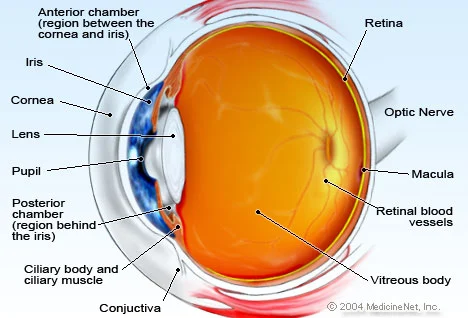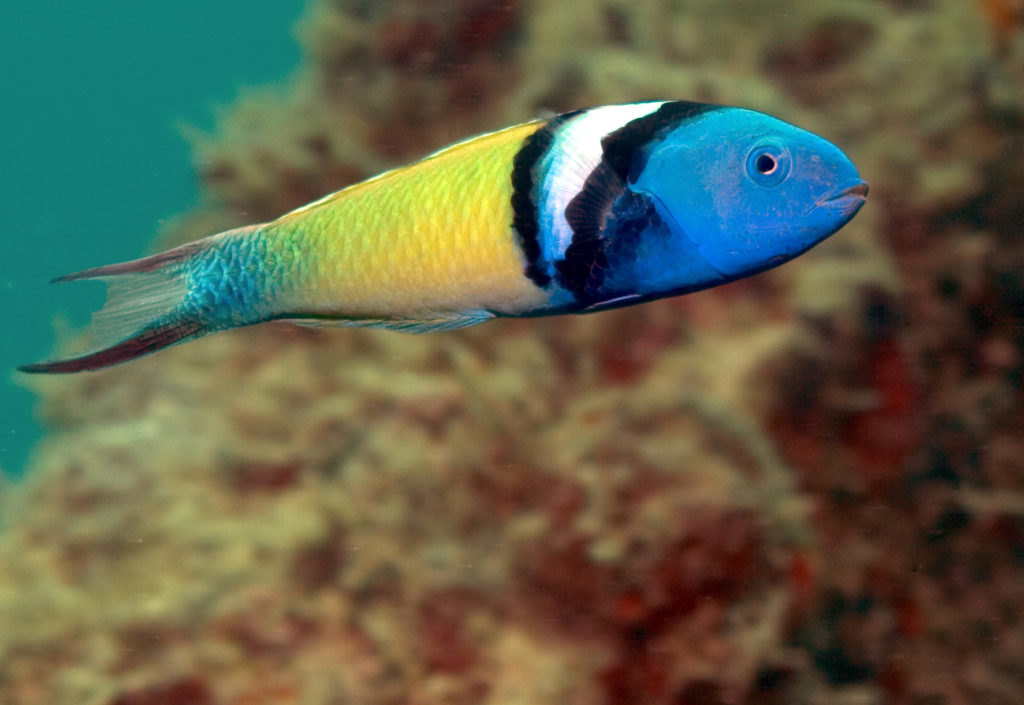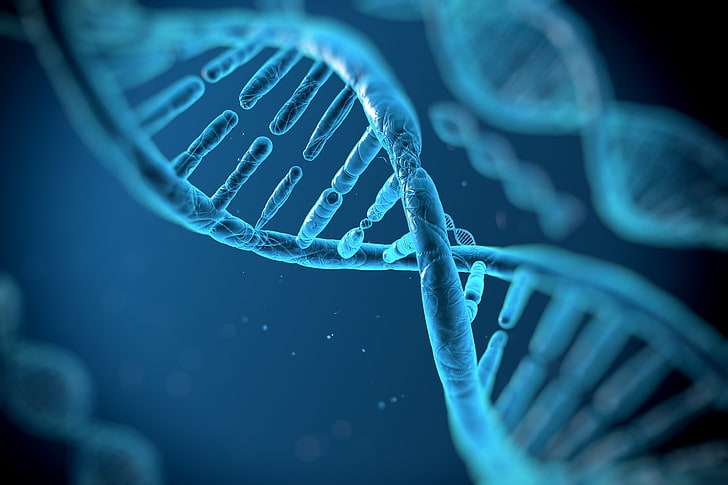Jesus is the image of the invisible God. “Through him were all things created, that are in heaven, and that are in the earth…And he is before all things and holds all things together” (Colossians 1: 16, 17). Intelligent design by a creator of the physical world points us to God. If God is removed from people’s mind as their creator, then it is simple for them to disregard him as their Redeemer. The wonderful world of nature is God’s creation all around us. It was designed and spoken into existence by God’s very Word.
Albert Einstein has been quoted as saying: “God Almighty does not throw a dice.” One cannot be exposed to the law and order of the universe without concluding that there must be design and purpose behind it all. The better we understand the intricacies of the universe and all it harbours, the more reason we have found to marvel at the inherent design upon which it is based. To be forced to believe only one conclusion – that everything in the universe happened by chance – would violate the very objectivity of science in itself. What random process could produce the brains of a man or the system of the human eye.
Human Eye

If we look at organisms it looks like they were intelligently designed. Living organisms were designed to relate to their environment. Living organisms are not forced to adapt to their environment. It’s the agency within them. They change themselves and it comes from within them. God designed these creatures with innate abilities with their DNA.
There are solid arguments for intelligent design as opposed to natural selection. How do evolutionist even approach this idea of design? What is their explanation for why organisms look so designed? In natural selection this natural selector, this agent of nature was able to act on and work on these things is their explanation for design. They are using it like a substitute engineer and in their explanation as a casual force. They are using it as an engineer would specify in a set of plans and drawings. What Darwin has done is personified nature. There is not a real process in natural selection. No one can see a real process of natural selection. No one can pin point what is being selected. Their way of interpreting data is an anti – design approach.
But why do these creatures change in the first place. Organisms were designed to relate to their environment. To explain the functions of biological organisms in terms of design we need to explain how they reproduce, how they adapt, how they stabilize in terms of engineering principles. How do they adapt? Using an engineer’s approach to explain biological functions you need a model to explain how organisms adapt. Let’s look at a human tracking system.
A Model to Explain Tracking a Moving Target
A tracking system is a very sophisticated thing, that humans have engineered, that is able to keep track of a moving target. In an organism’s case the moving target is usually the environment. That’s the moving target. Organisms adapt as they are tracking a moving target. What are the fundamental elements of a tracking system? There must be three things that have to be in it:
- You have to know what is happening in your environment so you need a sensor, giving you eyes on the target, eyes on the environment.
- You would need some built in logic. If the environment does this, then I want to do that. The logic is the thinking of the programmer.
- You would need to have a way to effect those changes. An output mechanism to effect those changes.
Input – logic – output. If any are missing you can’t adapt. If that is true for man made things it is also true for creatures. Creatures have those exact same parts, elements of a system. They have sensors, they have innate logic and they have outputs. Many genetic changes are not random but highly purposeful. They are targeted, they are specific. Specific things with adaptable purposes and also outputs. When the condition is present the sensor will detect it and it will send data enabling a self-adjusting thing to begin to adjust itself. This is how organisms do it. A rapid adjustment or a slow long term adjustment.
Mechanisms that can Lead to Genetic Changes
There are mechanisms in place to make these changes. The one most people are familiar with is Genetic mechanism. Multiple genes come together to influence your traits. Creatures have specific traits to their environment. If you can get a genetic change than you can change the traits. There are mechanisms in place that we know of, that no one knows how it happens, but there are specific mechanisms that can lead to very specific genetic changes. Genetic changes are designed to be specific to a condition – external condition.
- One of them is called genetic hotspots. There are portions of the genome that change faster than other portions. And the places where they are changing effects adaptable traits. They are called genetic hot spots.
- Another type of genetic change is transposable element which can change and modify the expression of genes and often these are quite adaptable as well.
- Another area of change is called Epigenetics. If the environment changes quickly organisms are able to affect these epigenetic changes in order to bring about very rapid changes. That’s how our behaviour and environment can cause changes that effect the way our genes work. This allows organisms to flex very rapidly with environmental changes.
Organisms are highly adaptable. All made with the ability to adapt as they track the environment. There is of course limited range of change. A dog can’t turn into a cat. If you leave the random selective framework behind and you go to an engineer based framework you can make a good explanation of what’s happening to these creatures.
Bluehead Wrasse

To examine a creature with rapid adaption, we can look at fish that live on the coral reefs of the Caribbean Sea, called Bluehead Wrasse. There is a colorful male that will take care of about 12 females in this group. If the male dies or if the male is fished out what happens to the group? The females can detect that the male is gone, they can also detect which is the largest female, and within a day her ovaries regress and she forms testis and morphs very rapidly into a male. How is this happening? There obviously is no random selection here.
There is clearly mechanisms that allow these creatures to make this very rapid change in these areas. This shows a non-stop continuous display of the creative genius of our Lord Jesus Christ that he built into those creatures. This explanation of intelligent design explains to us a completely fresh way at looking at creatures and how they relate to their environment. It puts the spot light of God’s abilities to design and what he did that emphasizes his loving character and his incredible wisdom.

